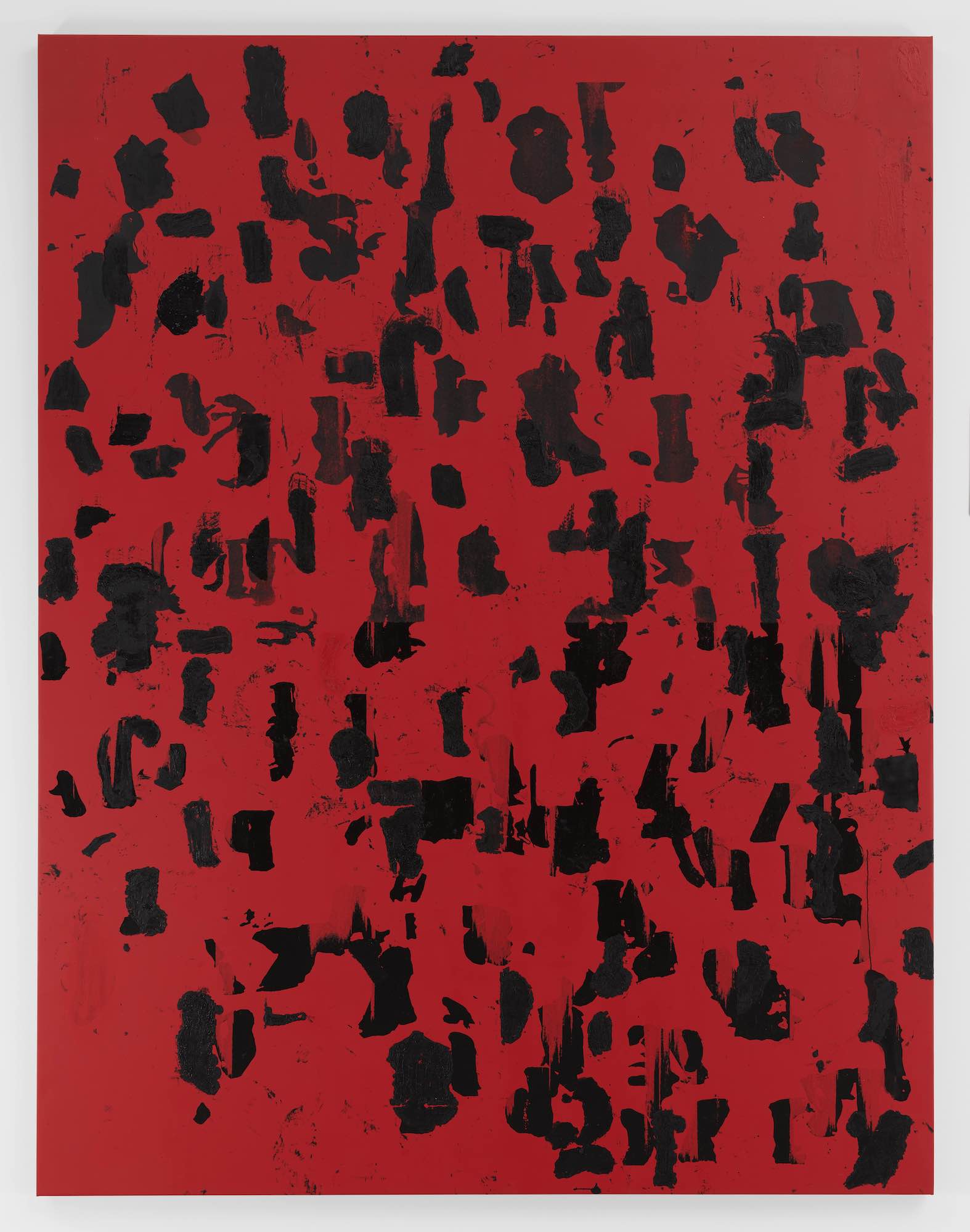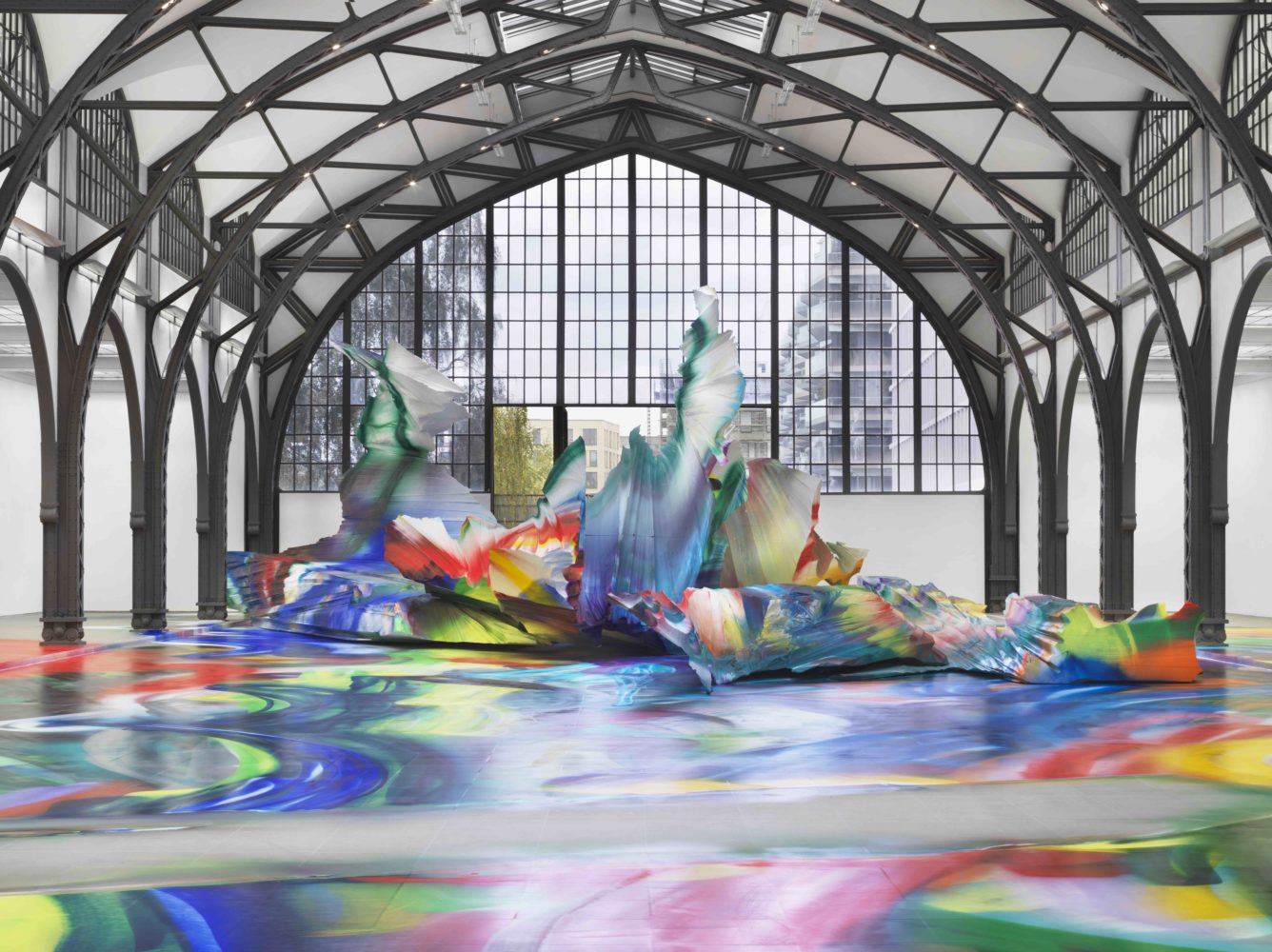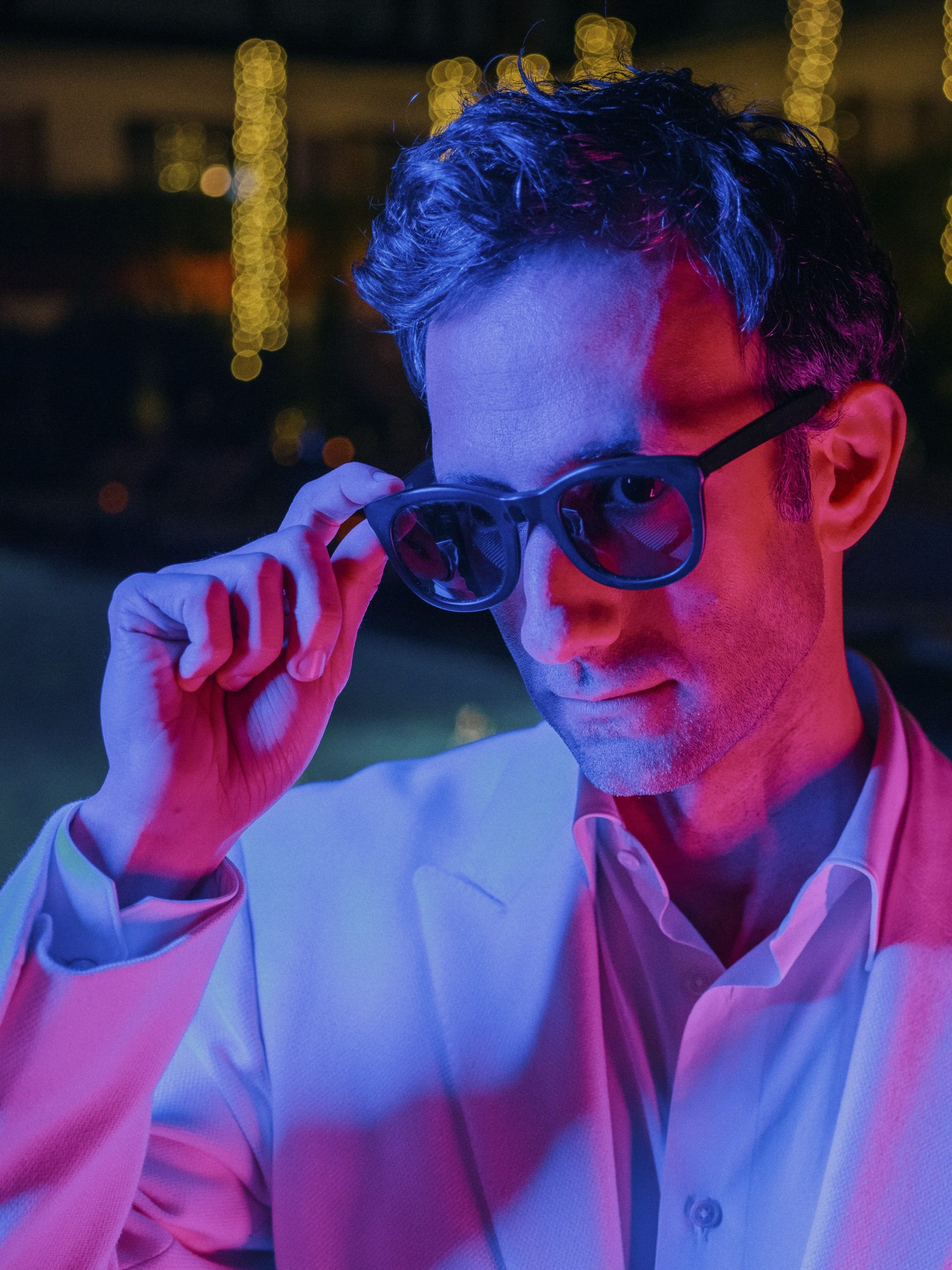The Swedish-Mexican designer Alexander Díaz Andersson founded the furniture design studio ATRA in 2008 in Mexico City. Filled with one-of-a-kind pieces, the line draws inspiration from the creator’s own dichotomous heritage and professional background, as well as his appreciation for technology, problem-solving, materials, and connection. Today, in addition to these collectible design objects, ATRA also specializes in interior and architecture projects for private, public, and personal use. Visitors to Mexico City can explore these pieces and other emerging and established artists’ pieces at its gallery in the Roma Norte neighborhood, which opened in 2019.
Last December, ATRA returned to Design Miami/ with “Earth Year 2100,” winning the fair’s Curio section “Best in Show” award. Timed to a hypothetical date when our way of living has drastically changed, it imagined the look of a future home. An open floor plan, tinged with a utopian feel, was futuristic yet warm. Simulated panel windows transported viewers to various outdoor landscapes, and a collaboration with Resonate implemented biohacking technology into furniture pieces to facilitate a deep meditative state.
Díaz Andersson spoke with Whitewall about ATRA’s organic growth, how he thinks about time and travel in relation to design, and his life in Mexico City.
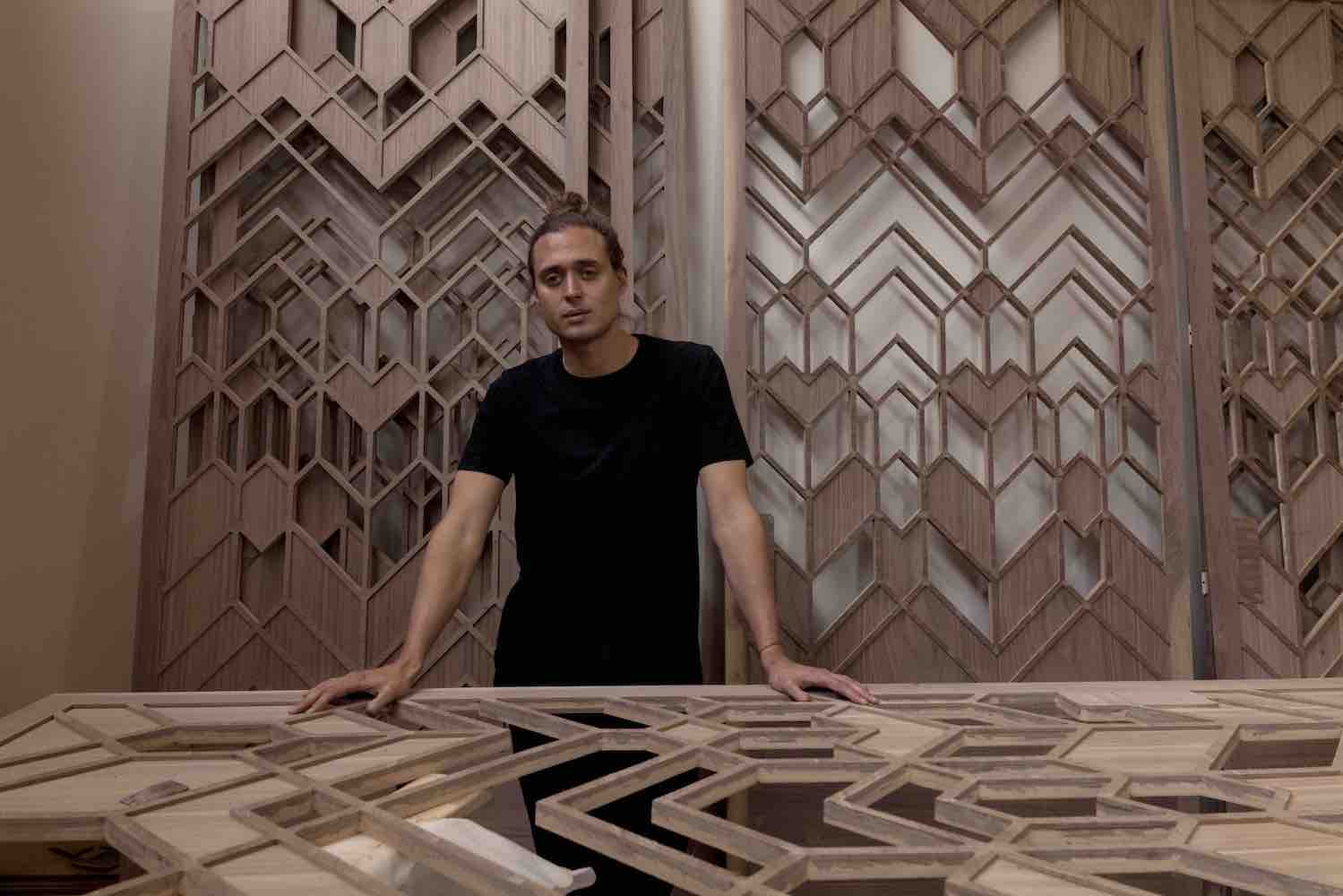
Portrait of Alexander Díaz Andersson by Tigree.
WHITEWALL: How did your background in industrial design lead you to establishing ATRA?
ALEXANDER DíAZ ANDERSSON: My background in design is made of opportunities and encounters, more than formal training. I studied industrial design in Madrid, but what I learned from my old carpenters in Merida, designers like the late Pedro Ramirez Vásquez or artist James Brown, to name a few, is as valuable and relevant to my design education than my school years.
Founding ATRA is a true family story. My mother is an entrepreneur who took upon herself to take over her family furniture factory after a career in trade and diplomacy. My sister is this cool girl who knows everybody and connects people, and landed me some of my first big projects. So, my background in design is that—made of organic encounters and knowledge passed on from passionate individuals.
WW: Do you feel your Swedish heritage, coupled with your time spent in Spain and Mexico, impacts the way you design?
ADA: The team in my studio would tell you that I have a very Scandinavian, rigorous approach in my design process, and a more Mexican liberated mind in my ways of problem solving. But if I have the best of both cultures, who knows, I might also have the worst.
WW: In your recent “Earth Year 2100” presentation, selected pieces of furniture housed biohacking technology developed to facilitate a deep meditative state. Why was this implemented?
ADA: Resonate is a startup founded by talented tech entrepreneur I knew and who asked me to become their creative director. I found the challenge interesting—wellness objects are often cheap and quite ugly. I wanted to design something that feels as essential and rich as the experience you have when you’re in a deep meditative state. I put together a show for ATRA that was about the future and about space travel, so I decided to invite Resonate to join us in our booth, as it was a great fit.
WW: How are you designing wellness objects differently to change the way they look and feel?
ADA: In the case of Resonate, we simply decided to bend the technology to the design and not the reverse. We thought of a lounge chair that not only is but also looks comfortable. An object that instantly makes you want to lounge and relax—then the integrated technology brings it to a whole other level of relaxation. I believe the design should imply the function of an object, but shouldn’t make it redundant.
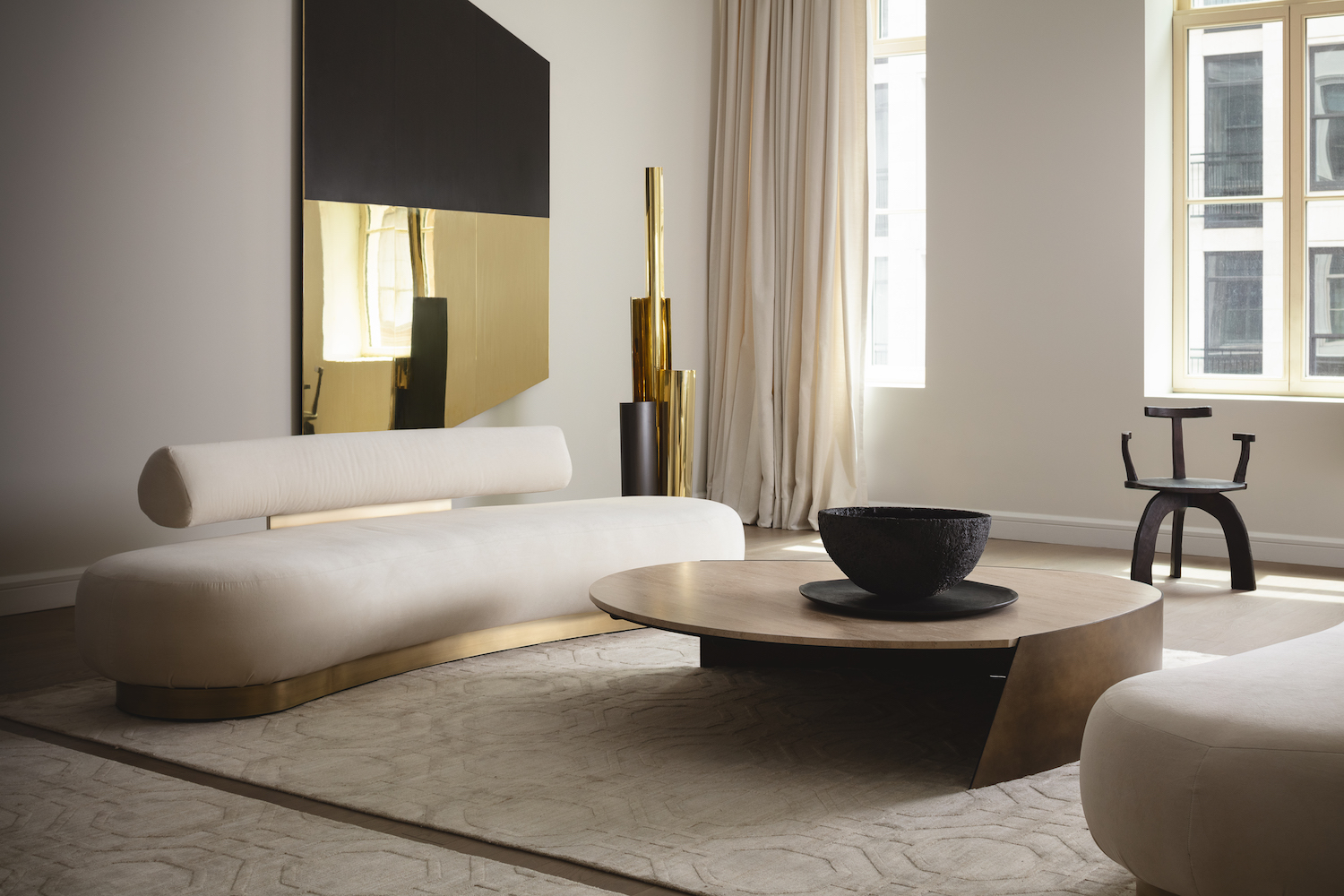
Courtesy of ATRA.
WW: Your presentation also touched upon inspirations found in future and space travel. What about these topics provides inspiration for you?
ADA: I always believed that the representation of the future in movies or art was fascinating. The way people envisioned the future in the 19th century, in the seventies, or nowadays is a constant inspiration—designing thinking about the future is somehow wishful thinking; it’s a bet we make as a designer. We don’t know what we are heading toward— time of war or peace, time of enhanced technology or cataclysm survival.
WW: You mentioned you were working on about 15 high-end residential projects right now that all started at the beginning of the pandemic or in the past four months. How do you typically approach a residential project? What’s an important focus?
ADA: We wish we had a typical approach the way we have a bulletproof systemized method in industrial design. Interior and architecture are a whole other story. If there is a pattern and something typical in our approach, it is that our clientele usually come to us through the furniture line and end up asking us to design their entire place. We love our clients, and it’s been so inspiring adapting our aesthetic to their way of life and the specificity of their homes.
WW: Are there other pieces ATRA is working on that implement technology?
ADA: I think about technology a lot, and I love it. Regardless, my designs are not about integrated technology. In the past years I had fun elaborating on intricate ways of designing tables made of laser-cut stone or pushing my CNC machine to its limits. So technology is mixed with handcrafted furniture in my collection, just not in the same way.
WW: Many of your furniture pieces feature tactile materials or luxurious fabrics. What do you typically gravitate to? Do those choices inform how you approach a project?
ADA: I have a few partners in France and in California with whom I develop fabric. It works both ways. Sometimes a fabric inspires a sofa, and sometimes I ask my partners to produce the perfect fabric for the sofa I just designed.
WW: Can you tell us a bit about your growing team of master carpenters, expert upholsterers, metallurgists, and stonecutters?
ADA: ATRA is now ten years old. It existed under other names, but the team behind, and pieces from the permanent collection, started in 2012. Some of my carpenters have been working on my first prototypes from 15 years ago in Merida. We learn from each other and grow with each other. We’ve integrated more technology to the process and we’re pushing the limits of what can be done with our metal and stone people a bit more every day. We just doubled the size of our factory this year just to accommodate more projects and allow ourselves to experiment in every field, including upholstery, too.
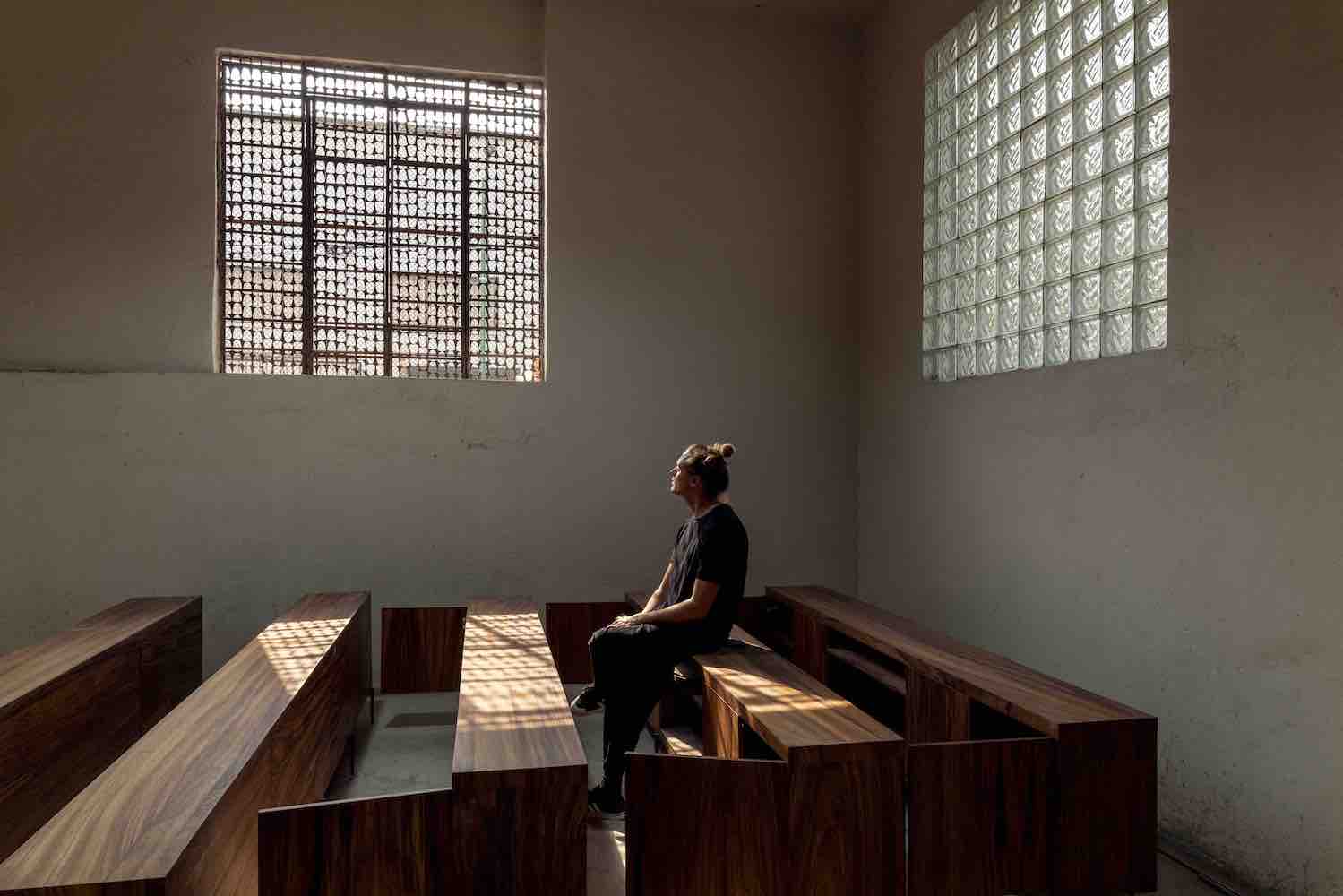
Portrait of Alexander Díaz Andersson by Tigree.
WW: Do you have any special design objects in your home?
ADA: It’s not a piece of furniture that is the most special, but one of my carpenters built the skeleton of a perfect ten-foot canoe in cedar wood. He was touring the world and apprenticed with us. I kept this beautiful piece of woodworking and like it the way I would cherish a contemporary sculpture.
WW: Your Mexico City gallery is moving to a new location this year. Can you tell us a bit about this space?
ADA: We spent a few years in our previous gallery—a place that we loved, but that also came with a lot of constraints because the building hosted other galleries and restaurants. We recently had the opportunity to get our hands on this free-standing three-story Art Deco building in a vibrant neighborhood, and we got very excited about getting our showroom and store sitting on top of a bigger version of our Swedish cafe and another floor for many cool projects and collaboration. It’s a lot of work, but we are coming up with a very exciting and vibrant concept for Mexico City.
WW: You’re also presenting a new collection of work in stone and brass soon. Where and when? What’s included there?
ADA: We have different opportunities presenting themselves. After opening Mexico City and Los Angeles, and getting distributors over North America, Europe, and Oceania, we’ve been invited to open spaces in New York and in another European capital. Now we are in the process of deciding what makes the most sense. I like the idea of organic growth for ATRA. Our product is very exclusive, and I’m thinking of a different approach to different markets.
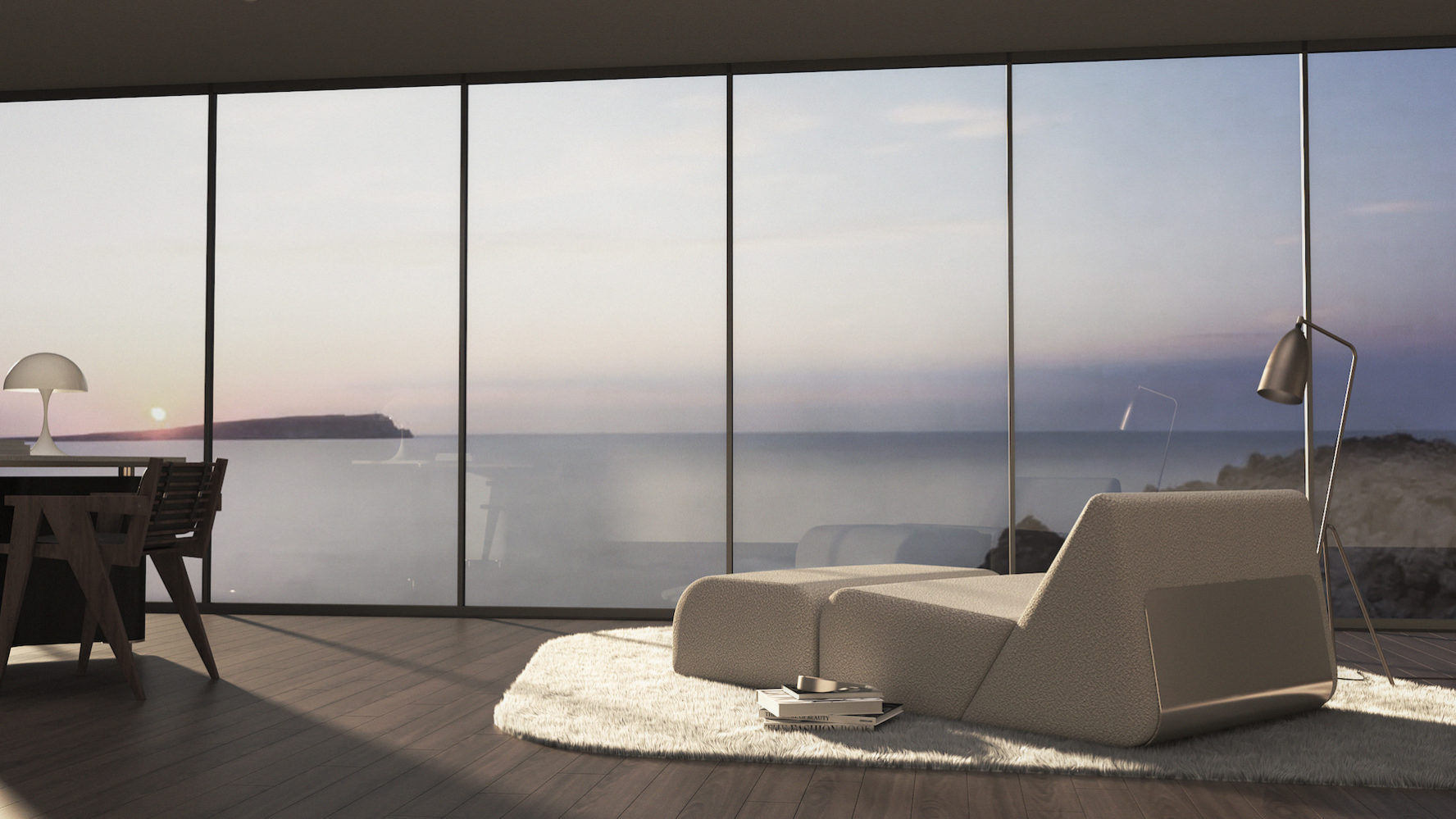
Courtesy of ATRA.




